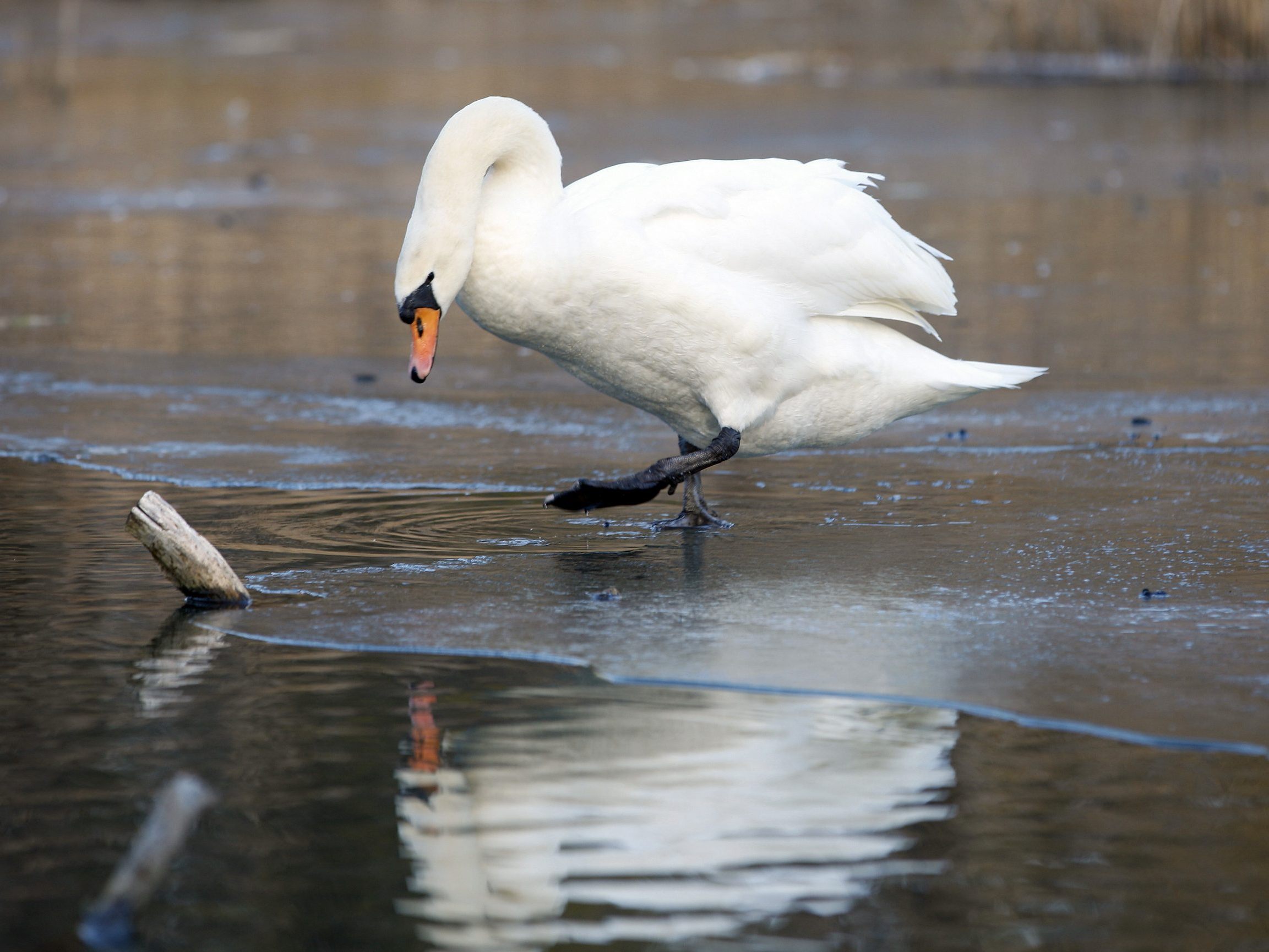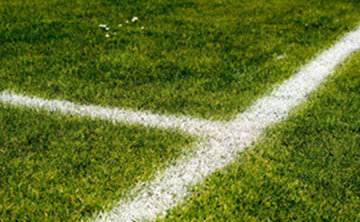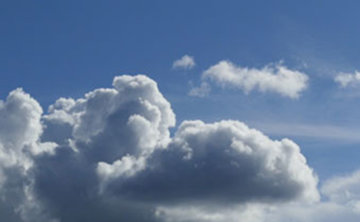Appeal to Vienna's New City Government to Save the Lower Lobau

The Upper Lobau is supplied with Danube water at two points, Stelzhammer reported: northwest via the Old Danube and southwest from the New Danube. "This water is not allowed to flow from the Upper to the Lower Lobau at the so-called Staudigl Weir," he explained. From the perspective of the city of Vienna, this would contaminate their drinking water wells in the Lower Lobau. "From our perspective and according to scientific evidence, this argument is not sustainable," said the environmentalist: By opening the weir, more water would slowly seep into the groundwater of the Lower Lobau, be purified, and thus be available as clean drinking water.
Environmentalists: Vienna's SPÖ and NEOS Should Allow More Water for Lower Lobau
The new city government should therefore initiate the opening of the Staudigl Weir as an "acute measure" against the drying out of the floodplain, according to Stelzhammer. Additionally, the deepening of the Danube nearby must be curbed so that the groundwater level in the Lobau does not continue to fall. This could be achieved by adding gravel to the riverbed. Furthermore, the Lower Lobau could be connected to the Danube stream at several points. All of this would revitalize and renaturalize the floodplain, according to the expert.
"Currently, the water balance of both the surface waters and the groundwater of the Lower Lobau is in a dramatically poor condition," said Thomas Hein from the Institute of Hydrobiology and Aquatic Ecosystem Management at the University of Natural Resources and Life Sciences (BOKU) Vienna. Due to chronic water shortage, biodiversity would decrease significantly, and the floodplain character of the Lobau would increasingly be lost.
Lower Lobau is Habitat for Rare Animals and Plants
With the demanded measures, this could be counteracted and the "quality that is still there could be ensured." The Lower Lobau is indeed a habitat for special and endangered animal species. These include the European pond turtle, fire-bellied toad, and the Danube crested newt, it was said. Additionally, rare birds such as little bitterns and black kites breed there. There are also many orchids in the floodplain forest, as well as a rare aquatic plant called water soldier. "Moreover, the Lobau offers the growing metropolis a local recreation area and a much-needed cooling oasis on the outskirts," explained Stelzhammer.
The Lobau has been a nature reserve since 1978 and part of the Danube-Auen National Park founded in 1996. It is mostly located within the city limits of Vienna and consists of the somewhat larger Lower Lobau (1,200 hectares) and the Upper Lobau (1,100 hectares).
(APA/Red.)
This article has been automatically translated, read the original article here.





